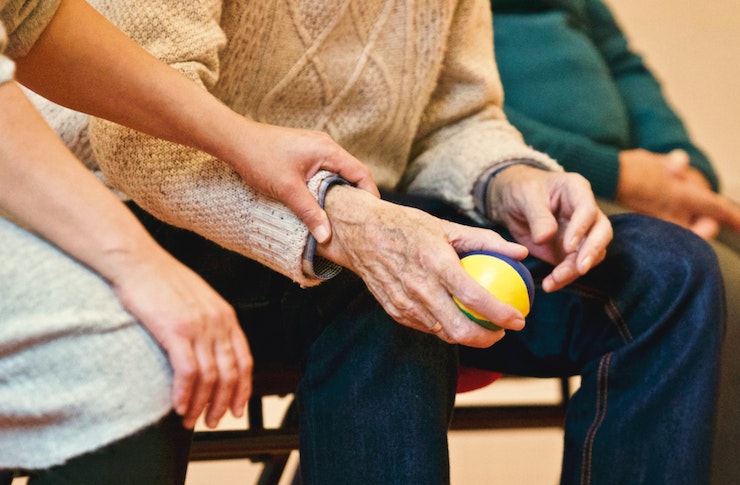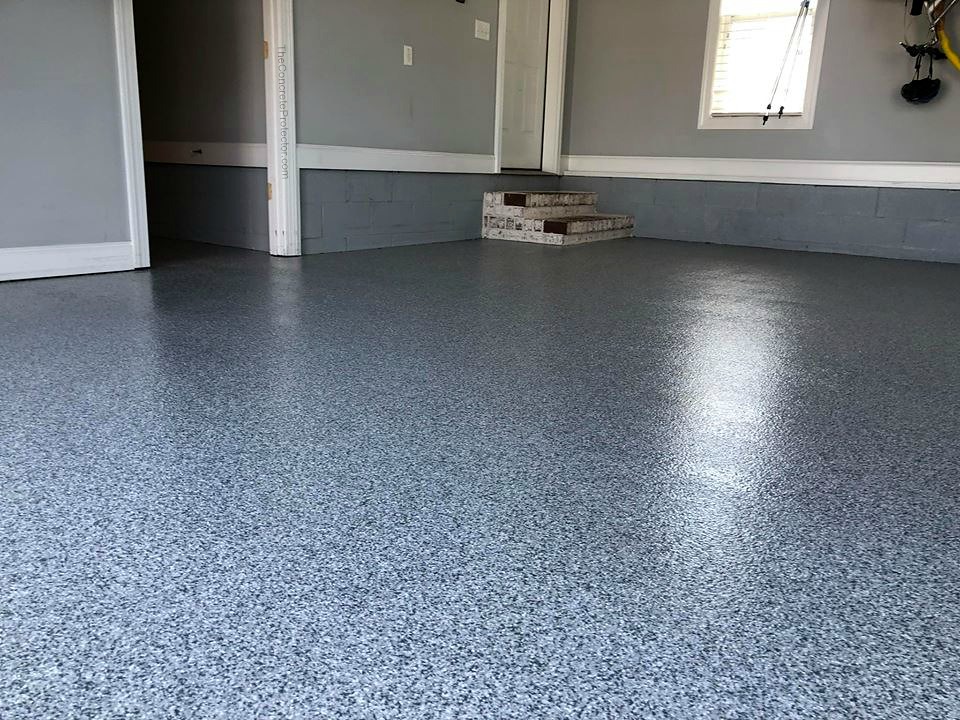What Does Senior Home Care Really Cost? A Clear Look at Prices and Services
Considering help at home for seniors often raises questions about affordability and what to expect. Understanding the costs involved can make a big difference when planning care that supports independence and safety. This guide breaks down typical expenses and common service options, helping families weigh choices without guesswork or surprises.

When families begin exploring in-home support for ageing loved ones, one of the first questions that arises is about cost. Senior home care encompasses a wide range of services, from companionship and meal preparation to personal hygiene assistance and medication management. The pricing varies significantly depending on the level of care required, the qualifications of the caregiver, and the frequency of visits. Having a clear understanding of what you’re paying for and why can make the process of arranging care far less stressful.
Common Price Range Overview of Senior Home Care Services
In Australia, the cost of senior home care typically ranges from around $35 to $70 per hour, depending on the type of service and provider. Basic companionship or light housekeeping might fall on the lower end of this spectrum, while more specialised care involving nursing skills or dementia support can reach the higher end. Some providers offer package rates for regular weekly visits, which can reduce the hourly rate slightly. Government-funded programs, such as Home Care Packages, can subsidise these costs significantly, though eligibility and wait times vary. It’s important to note that these figures are estimates and can fluctuate based on location, demand, and individual provider pricing structures.
Types of In-Home Support Available for Seniors and What They Include
Senior home care services are not one-size-fits-all. They can be tailored to meet individual needs and preferences. Personal care services include assistance with bathing, dressing, grooming, and toileting. Domestic assistance covers tasks like cleaning, laundry, shopping, and meal preparation. Companionship services focus on social interaction, providing emotional support and helping seniors stay engaged. Nursing care involves medication management, wound care, and monitoring of chronic conditions, typically provided by registered or enrolled nurses. Respite care offers temporary relief for primary family caregivers. Understanding what each service includes helps families choose the right level of support without paying for unnecessary extras.
Factors That Influence the Cost of Hiring Help for Seniors
Several variables impact the overall cost of senior home care. The level of care required is a primary factor—personal care and nursing services cost more than companionship or light housekeeping. The caregiver’s qualifications also matter; registered nurses command higher rates than support workers. Frequency and duration of visits play a role, with live-in care or round-the-clock support being significantly more expensive than a few hours per week. Geographic location influences pricing, with urban areas generally costing more than regional ones. Additionally, whether care is provided through a registered agency or an independent contractor affects both cost and the level of oversight and insurance coverage included.
How to Evaluate Care Options to Balance Budget and Quality
Finding the right balance between affordability and quality care requires careful evaluation. Start by assessing the actual needs of the senior in question—avoid paying for services that aren’t necessary. Request detailed quotes from multiple providers and compare what’s included in each package. Check provider credentials, insurance coverage, and whether staff undergo background checks and ongoing training. Read reviews and ask for references from other families who have used the service. Consider whether government subsidies or private health insurance rebates apply. It’s also wise to clarify cancellation policies, minimum booking requirements, and any additional fees that might arise. Transparency in pricing and service delivery is a strong indicator of a reputable provider.
Real-World Cost Comparison of Senior Home Care Providers
To give you a clearer picture of what different providers offer and their typical pricing structures, here’s a comparison based on available information from established Australian home care services:
| Provider | Service Type | Hourly Rate (AUD) |
|---|---|---|
| Brightwater Care Group | Personal care, nursing, companionship | $45 - $65 |
| Home Instead | Companionship, personal care, respite | $40 - $60 |
| Bupa Home Care | Personal care, nursing, domestic assistance | $50 - $70 |
| Blue Care | Personal care, nursing, allied health | $42 - $68 |
| Independent contractors | Varies widely by qualification | $35 - $55 |
Prices, rates, or cost estimates mentioned in this article are based on the latest available information but may change over time. Independent research is advised before making financial decisions.
Practical Tips for Planning Senior Assistance Without Unexpected Expenses
Proper planning can help avoid financial surprises down the track. Start by creating a realistic budget that accounts for both current and potential future needs, as care requirements often increase over time. Explore all available funding options early, including Home Care Packages, the Commonwealth Home Support Programme, and DVA support for veterans. Keep detailed records of all care-related expenses for potential tax deductions or rebates. Build a contingency fund for emergencies or sudden changes in care needs. Communicate openly with family members about financial responsibilities and decision-making. Regularly review the care plan to ensure services remain appropriate and cost-effective. Finally, don’t hesitate to negotiate with providers or ask about discounts for longer-term commitments or bundled services.
Navigating the costs of senior home care requires patience, research, and honest conversations about needs and resources. While the financial aspect is significant, the peace of mind that comes from knowing a loved one is receiving quality, appropriate care is invaluable. By understanding the pricing landscape, evaluating options carefully, and planning ahead, families can make decisions that honour both their budget and their commitment to the wellbeing of their ageing relatives.




